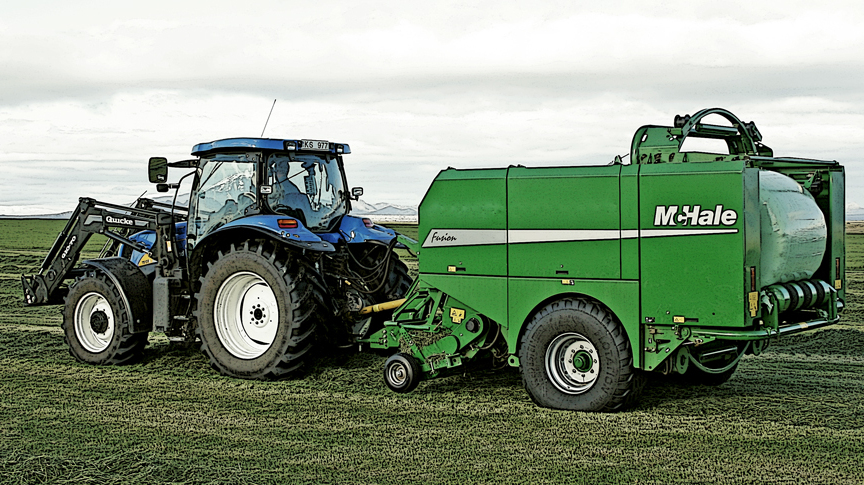The farm equipment market has always been tied to the fortunes of farmers themselves. Right now, that split is especially clear. Row crop farmers are struggling with weak commodity prices, while livestock producers have been enjoying stronger markets for cattle and hay. Those differences are showing up in auction results and used equipment trends across the country.
Row Crop Machinery Under Pressure
Large row crop tractors and combines have been hit the hardest. Auction values for late-model, high-horsepower tractors are down more than 20 percent compared to last year, and combines are seeing similar declines. Dealers are reporting a glut of inventory, which puts even more downward pressure on prices. For farmers facing low corn and soybean prices, it is a tough environment to justify upgrading major pieces of equipment.
Utility Tractors: A Different Story
Utility tractors, which are more often used by cattle producers and smaller farms, are not falling nearly as fast. In fact, some categories under 100 horsepower have even shown slight month-over-month gains. These machines are in steady demand for chores like feeding cattle, mowing, and handling hay, and they have not been flooding dealer lots the way big row crop tractors are.
Hay and Forage Equipment
The hay market has been supported by strong cattle prices, and that shows up in how hay and forage equipment is selling. Balers, mower conditioners, and other hay tools are holding up better than most other categories. Late-model round balers in particular are still attracting strong bids at auction, especially when sold at the right time of year. Demand is seasonal, but overall prices for hay tools have been more resilient than those tied directly to grain production.
Skid Steers and Other Versatile Machines
Skid steers, especially tracked models with high-flow hydraulics, are another category that continues to hold value. They are used not just in agriculture but also in construction, landscaping, and other industries, which helps broaden their market. Auction prices have leveled off after some earlier declines, with average units still selling in the $35,000 to $40,000 range.
Why the Split?
The divide comes down to profitability. Row crop farmers are facing low returns, so they are pulling back on capital spending. Livestock producers, on the other hand, have been selling cattle into strong markets and need dependable equipment to keep up with haying and feeding. That difference in demand is keeping utility tractors, hay tools, and versatile equipment like skid steers in better shape than the machines built for large-scale grain farming.
Summary



Leave a Reply